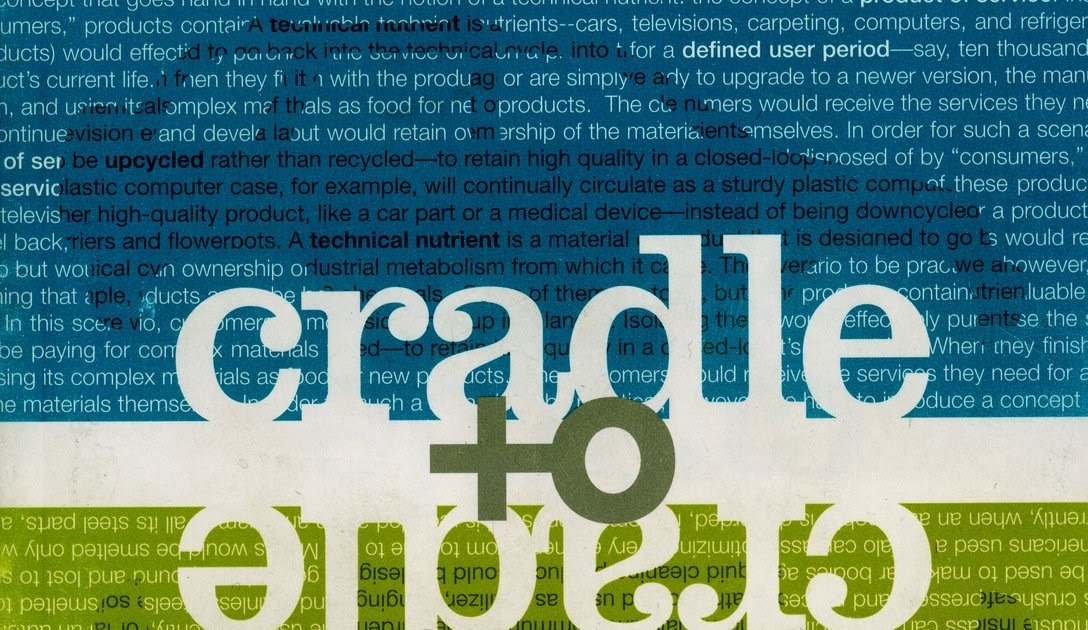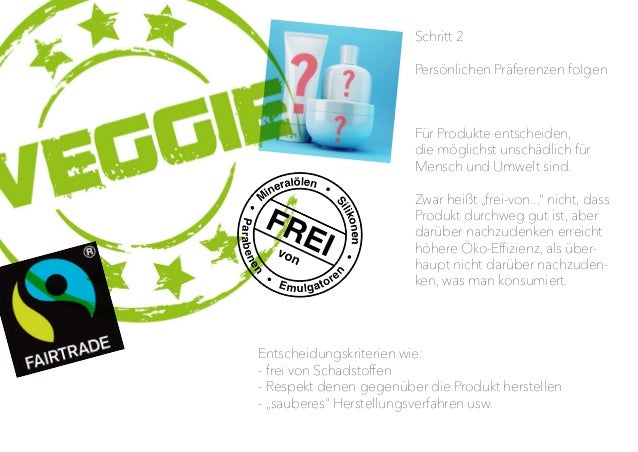
The most famous implementation of Cradle to Cradle is the Climatex fabric.

It also has the interesting spin off benefit that you can read it in the bath. “Cradle to Cradle” as a physical book follows these principles, being made out of compatible plastics so the whole thing could be melted down and recycled en masse ie it is a technical nutrient. In the same way as biological nutrients can be cycled endlessly in the environment, technical nutrients are non-toxic man made materials which can be recycled endlessly into the same grade of material, unlike many materials which are ‘downcycled’ into lower grade material. Using less toxic material is a bit like saying “I’m not murdering as many people as I used to”, whereas the ecological model says “Thou shalt not kill”.Īnother key concept of Cradle to Cradle is the ‘technical nutrient’. Eco-efficiency doesn’t encourage us to substitute materials, merely minimise them. This is a key difference between Cradle to Cradle and standard eco-efficiency approaches. “Take the filters out of the pipes and put them where they belong - in the designers’ heads.”

Toxic materials should not be tolerated in designs, summed up in the classic soundbite:


He runs his own business and is a Professor at the Erasmus University of Rotterdam. A chemist by training, his career has taken in the private sector, academia and a substantial amount of work as a Greenpeace activist. Michael Braungart was born in Germany in 1958. As well as his company with Michael Braungart, he runs an architecture firm, a consultancy and a clean tech venture capital firm. He was Dean of the School of Architecture at the University of Virginia between 19. He trained in architecture in the US and quickly found a niche designing environmentally friendly buildings. William McDonough was born in Tokyo in 1951, the son of an American executive.


 0 kommentar(er)
0 kommentar(er)
